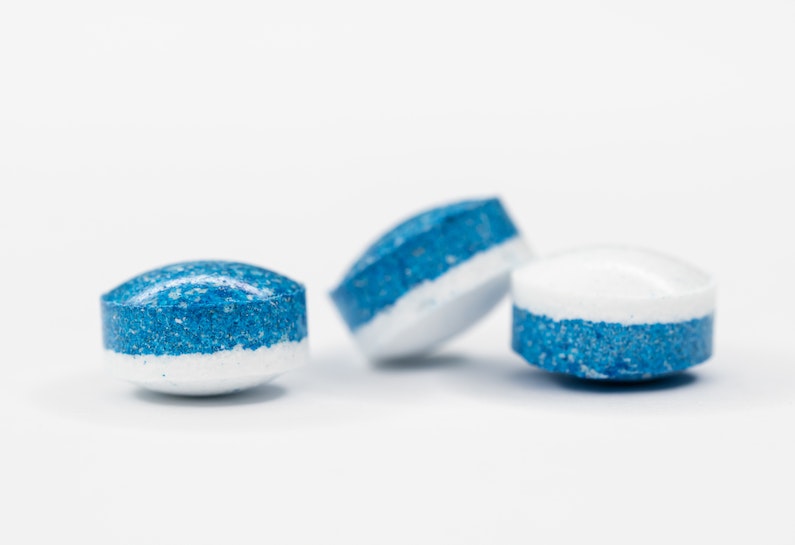Are There Any Benefits to Psychedelic Integration Therapy?
Recently, I received an inquiry asking if my services included coaching on the use of psychedelic Integration therapy. This was not the first inquiry I received on that topic. A few times in the past people have contacted me about it, and I’ve even answered questions about it during private sessions. So for those who are still wondering what I have to say on this topic…here goes.
First some background data on What is Psychedelic Integration Therapy?
Psychedelic integration therapy is a form of psychotherapy that combines the use of psychedelic medications, such as LSD and psilocybin, with traditional psychotherapy techniques. The aim of psychedelic integration therapy is to help individuals access and process difficult emotions or experiences. It is based on the belief that psychedelics can help individuals to gain access to unconscious or difficult-to-access emotions and experiences, which can then be explored and processed in a therapeutic setting.
How is it Used in Mental Health Modalities?
Psychedelic integration therapy is used in a variety of mental health modalities, including psychotherapy, counseling, and psychiatry. It is used to treat a range of mental health conditions, such as depression, anxiety, post-traumatic stress disorder (PTSD), and addiction. Psychedelic integration therapy may be used in combination with other forms of psychotherapy or counseling, such as cognitive-behavioral therapy (CBT). It is also used in some forms of experiential therapy, such as psychedelic-assisted psychotherapy, which combines psychedelic medications with psychotherapy.
Psychedelic integration therapy is usually conducted in a therapeutic setting, such as a therapist’s office, a counseling center, or a mental health clinic. During psychedelic integration therapy sessions, individuals are encouraged to explore their inner experiences, thoughts, feelings, and memories. The goal of psychedelic integration therapy is to help individuals gain insight into their experience and to process difficult emotions or experiences.
Who Can Benefit the Most from Psychedelic Integration Therapy?
Individuals who suffer from depression, anxiety, PTSD, and addiction can benefit from psychedelic integration therapy. It can also be beneficial for individuals who have experienced traumas or difficult life events, such as the loss of a loved one or the end of a relationship good or bad. As I said, Psychedelic integration therapy is believed to help individuals gain insight into their experiences, as well as process difficult emotions or experiences.

How is Psychedelic Integration Therapy Not Appropriate for Underage People?
Psychedelic integration therapy is not appropriate for underage people, as it involves the use of potentially dangerous medications. It is important to note that psychedelics can have serious psychological and physiological effects, and they should not be used recreationally or without professional guidance. The use of psychedelics in therapeutic settings should be closely monitored and supervised by a qualified health care provider for obvious reasons. A young vessel under the age of 30 is still in formation and these drugs will drastically affect that vital development in long term ways.
What Are Some Types of Psychedelics Used in Integration Therapy?
The most commonly used psychedelics in integration therapy are LSD and psilocybin. These medications are often used in combination with other psychotherapeutic techniques, such as cognitive-behavioral therapy (CBT) which I’ve discussed in-depth in at least 2 past Podisodes. Other psychedelics that have been used in integration therapy include MDMA, ketamine, ayahuasca, and ibogaine.
What Are the Negative Effects and Dangers from This Type of Therapy?
Although psychedelic integration therapy can be beneficial for some individuals, there are many potential risks associated with its use. Psychedelic medications can cause significant psychological and physiological effects, such as altered states of consciousness, hallucinations, and altered perception. There have also been reports of adverse psychological effects, such as anxiety, paranoia, and panic attacks. These effects can be especially pronounced in individuals who have a history of mental health issues or drug use.
In addition, there is a potential risk of negative interactions between psychedelics and other medications. Therefore, it is important to discuss any medications that an individual is taking with their health care provider before beginning psychedelic integration therapy.
Why is an Experienced Shaman or Shamans Always Present During Ayahuasca Rites?
An experienced shaman or shamans is always present during ayahuasca rites to ensure a safe and supportive environment. The shaman is responsible for preparing and administering the ayahuasca, as well as providing guidance and support to individuals during their experience. They are also responsible for facilitating a dialogue between the participants and the plant medicine. The shaman helps to ensure that the ritual is conducted in a safe and respectful manner, and that the participants are able to gain insight into their experience. There are several seldom discussed reasons for the presence of an experienced Shaman during an ayahuasca ceremony. An experienced Shaman provides protection if and when a participant accesses inner-outer realms of so called consciousness. The shaman as stated acts only as a guide, but at times also as a conduit depending on the depth of a participant’s experience. If you recall the silver cord or tether precept I discussed in past Podisodes, then you might recall me saying that this connection can become severed, detached, broken, infected, or weakened through certain circumstances. The ayahuasca ceremony is one of those circumstances, thus a connected shaman is literally there to make sure the participant returns intact and alone.
Focusing on the Participant…
The inquiry I received focused on whether my services included PIT; however, I’ve always viewed the scenario in the opposite way. I put the focus on whether a client / student actually needed to take the PIT route. There are criteria that true shamans are obliged to consider before facilitating an ayahuasca or any other psychedelic modality. Presumably most do not take into consideration such factors as melanin types, pre-existing strength or weakness of tether to this reality, presence of pre-existing apps…or spirits, and whether a potential participant has prepared in advance. I do not utilize this therapy because I know there are other means. As many of my former students / clients can attest, what I do transcends even the ayahuasca experience minus the potential risks.
Is PIT for you? Ask yourself these questions, would you be classified as being from a recessive trait bloodline? If so then this type of therapy can more than likely benefit you in more profound ways. Earlier I mentioned some of the source codes used in PIT, for example MDMA. MDMA is a synthetic drug that acts as a stimulant and hallucinogen.15–17 It produces an energizing effect, distortions in time and perception, and enhanced enjoyment from sensory experiences. It has also been described as an entactogen—a drug that can increase self-awareness and empathy. Some of you have an automatic connection to self-awareness and empathy. While many others do not. Some people lack internal receptors that allow them to interact with the unseen or with nature or with others or with their own emotions so they use external stimuli to help them access those connections, even if temporarily. The danger with these methods is always that crutch or over reliance effect. Ultimately the choice is yours. So be intelligently logical and wise before making that decision.
About the Author:
Pharoh is available for private virtual sessions
Sources (additional reading)
Bouso, J. C., Riba, J., & Barbanoj, M. J. (2008). Psychotherapeutic potential of ayahuasca: possible effects against various diseases of modern society. Pharmaceuticals, 1(3), 522–539.
Griffiths, R. R., Johnson, M. W., Richards, W. A., Richards, B. D., McCann, U., & Jesse, R. (2008). Mystical-type experiences occasioned by psilocybin mediate the attribution of personal meaning and spiritual significance 14 months later. Journal of Psychopharmacology, 22(6), 621–632.
Krebs, T. S., & Johansen, P.-Ø. (2012). Lysergic acid diethylamide (LSD) for alcoholism: meta-analysis of randomized controlled trials. Journal of Psychopharmacology, 26(7), 994–1002.



0 Comments